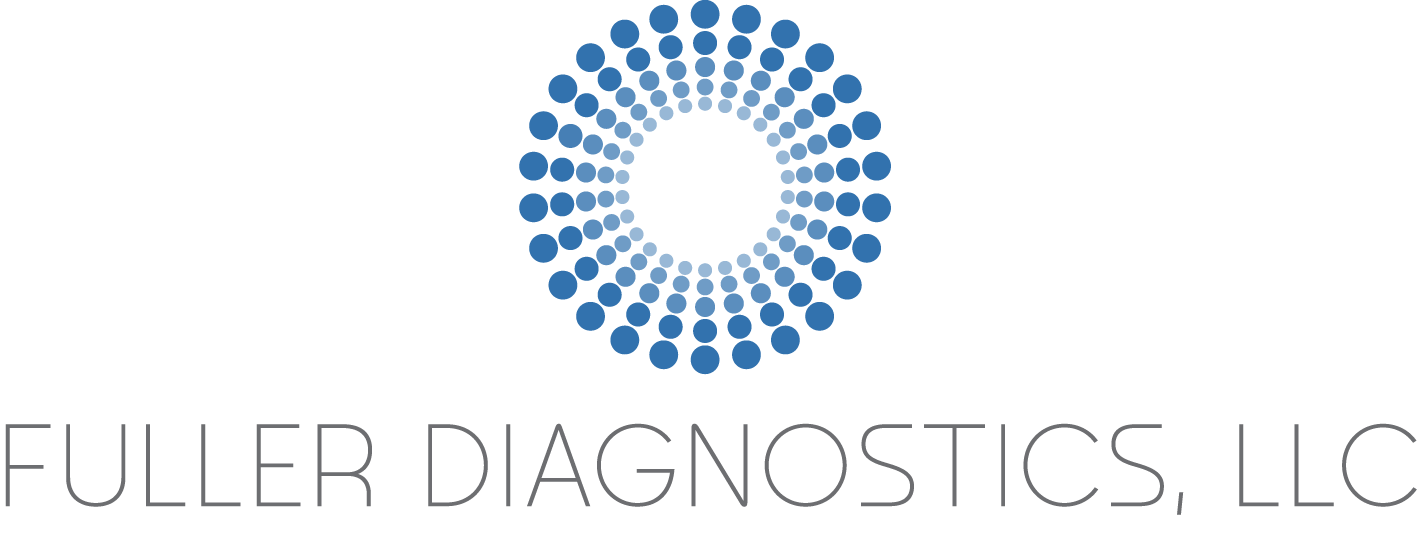The most common learning disabilities seen in our practice include Dyslexia, which is a disorder of reading and sometimes written expression, and Dyscalculia, which is a disorder involving math and some types of reasoning and visual spatial abilities. These two patterns are sometimes referred to as "verbal" and "nonverbal" learning disabilities. We often also provide evaluations for individuals with more nonspecific processing problems, many of which include patterns associated with nonverbal learning disabilities or Attention Deficit Hyperactivity Disorder.
Dyslexia is a term for a brain-based difficulty in reading which is referred to as a “Reading Disorder” in educational settings. Dyslexia is a relatively common disorder, and occurs between two and ten percent of the English speaking population of the United States. Dyslexia and is likely hereditary in many cases, and when there is a familial pattern, boys are often more severely impacted. Perinatal injuries, medical disorders, lead poisoning, fetal alcohol syndrome, and chromosomal abnormalities are also associated with learning disorders.
Learning disorders typically do not resolve completely, but progress and improvement of functioning can be made with remediation. Many children with learning disorders will experience difficulties which will pose challenges throughout their academic and occupational careers. The impact on achievement, motivation in school, peer relationships, and self-esteem is often significant. DSM-IV reports that the dropout rate for children with learning disorders is 1.5 times the average. Adults with Learning Disorders often experience social and occupational difficulties.
Reading disorders are likely due to very subtle brain difficulties in processing visual and/or auditory material. Children may have difficulties with the visual and scanning aspects of reading. They may have difficulty in the phonological or “sounding out” aspects of reading. Children with combinations of both or multiple difficulties often exhibit the most severe reading difficulties.
Reading is a complex process. In order to read well, one must scan from left to right, and quickly be able to appreciate the small differences which distinguish letters. One must then automatically translate groups of these visual images (graphemes) into their auditory representations (phonemes). These phonemes then need to be efficiently blended into words. Then the words need to be recognized and understood. Visual clues indicating where words and sentences start and stop must be processed. Rules of grammar must also be understood for accurate comprehension. These factors influence reading recognition, reading comprehension or both.
Many if not most children with reading disorders will also exhibit writing difficulties. For some children reading and writing difficulties may be part of a general language disorder. These children may be very good at putting puzzles together, building things or drawing but may not be very verbally communicative. Some children with reading difficulties may also have attention problems. This may compound the reading difficulty by reducing frustration tolerance, the ability to pay attention for sufficient periods of time, and the ability to sit still and focus.
Nonverbal learning disabilities (NVLD) are often initially overlooked in early elementary school. These deficits are less obvious in the educational setting, but are often associated with math difficulties as well as social skill and peer relationship problems. Children with this type of learning difficulty often master phonemic aspects of reading quickly, but struggle as reading comprehension is given greater emphasis in later elementary grades.
In addition to evaluating for specific learning disabilities such as dyslexia or NVLD, Pediatric and child neuropsychologists assess memory and learning. Information from such evaluations determines how your child or adolescent learns best, which is helpful with educational planning.
Memory assessment will usually examine verbal and nonverbal memory, learning rates, retention rates and examine for retrieval difficulties. Thorough assessment will examine working memory, rote memory, supraspan memory, and memory for material that is provided in context. This has diagnostic utility and is important in establishing what may help the child compensate for any difficulties.
Executive functions which involve impulse control, attention, planning and organization are often problem areas in children with Attention Deficit Hyperactivity Disorder (ADHD). Children with inattentive types of ADHD often have slower processing speed and cannot complete class work or daily living skills efficiently. These children are not typically disruptive in the classroom, and may not get diagnoses as often or as early as more hyperactive children. Females have a higher incidence of inattentive type than males, while males have a higher incidence of mixed and hyperactive types. Inattentive types are often not diagnosed during elementary school, but emerge as significant obstacles to academic success as a child enters middle school.
